by Dakota Antelman
Hudson police arrested resident Michael Driscoll for a “civil rights violation” mere moments after he spray painted a Nazi swastika on a jersey barrier on Pope St. in mid-November of 2017.
Three months later, a Big Red investigation has documented the existence of at least four similar symbols in Hudson High School (HHS) bathrooms. Those, however, have gone unreported to administration, joining a larger list of hate speech issues facing the school after the political and cultural upheaval of the 2016 election.
“That makes me worry that if this is happening more regularly,” Principal Brian Reagan said after seeing the Big Red’s reporting. “If this is in more bathrooms and being seen by more students, is somebody not saying something?”
Over the course of four weeks in January and February of this year, the Big Red surveyed every bathroom in the high school and found two complete swastikas etched into stalls walls. In addition to those symbols, the Big Red documented at least one racial slur, one homophobic slur, and two partially erased swastikas also scratched or drawn in bathrooms.
Reagan said the school has a clear procedure in place for documenting and removing these instances of vandalism. If a student or staff member reports the sign or slur, administrators themselves take photographs of it before asking custodians to remove it. If a custodian finds such a sign or slur first, Reagan said he expects them to take a photo or notify administration before taking further action.
“If we see that, then we want to memorialize that in some way…before [the custodians] get rid of it,” Reagan said. “But they do that pretty quickly because they want to get that off the wall.”
That process, however, Reagan said, had only taken place once as of February 15, leaving the four complete swastikas or slurs clearly written on bathroom walls.
While Reagan raised the concern that custodians are not seeing or reporting vandalism, custodian Kevin Blanchard echoed Reagan’s description of the procedure for dealing with such problems. Likewise, he expressed similar frustration with the presence of graffiti on walls.
“I don’t know why people do stuff like that,” he said. “It’s defacing the school, and the swastikas and stuff like that are a part of history that we want to move past.”
Beyond the hate symbols and hate speech documented by the Big Red, however, Reagan said such problems crept out of bathrooms and into classrooms especially in the wake of the 2016 election.
He said he and fellow administrators addressed two cases of students drawing swastikas in their classes. In one, a student “doodled” the symbol on the corner of their paper, prompting a discussion between administrators, the student, and their parents.
“[It was] sort of an education piece for that student and the parent about the power of that and the ramifications of doing such a thing,” Reagan said.
The other case, which Reagan described as much less discrete, prompted a suspension.
“[It was] done in a way that other kids saw it, and [the student] was sort of making a big deal out of it so in that case there was discipline,” he said, later adding, “You would be hard pressed to find a young person in the building who doesn’t understand that that symbol in particular is problematic, but I think we have a lot of younger students who don’t understand exactly how that can impact people.”
Lack of understanding, Reagan said, extends beyond students, even prompting arguments between administrators and parents from time to time.
“We have very heated arguments with parents who disagree with putting a student out of school for two weeks for making a comment like that,” he said. “Our position has always been very firm on that. They can disagree with us, but we’re really trying to set a strong message to students and their families that this behavior is completely unacceptable and that, while it leads to a suspension when you’re 13 or 14 years old in school, it has even bigger consequences when you’re an adult out in the world.”
Within the even larger context of classroom discussion, Reagan said, teachers have observed students emboldened by the current political climate saying once taboo things.
“Whether it be anti-semitic or homophobic or misogynistic, I hear from history teachers all the time that they’re in awe that this might come out of the mouth of a student,” he said. “Two years ago they would not have heard a student say something like that.”
In response to those comments, Reagan said Humanities Curriculum Director Todd Wallingford led multiple meetings with social studies teachers to plan responses to offensive speech in class discussions.
“How do you turn it into an academic moment?” Reagan said of the meetings’ focuses. “You don’t want to overreact, but you turn it into a moment where we all learn from the comment that was just made?”
He said the problem has improved slightly in recent months but added that he feels the presence of eighth graders in HHS made it particularly severe here. He noted that both cases of students drawing swastikas in classes that rose to administrators’ attention occurred in eighth or ninth grade classes.
“There are a lot more immature 13 year olds that are here,” he said.
Overall, Reagan said he fears the current political environment helped foster the rise in hate speech, particularly in young students. As he and his fellow administrators navigated classroom hate speech, however, he noticed the same political climate also prompted an urge to speak up that he had not seen before in his work with students.
“If there’s a plus to what we see happening in Washington, what I’ve seen as a person working with teenagers is that there is this drive among so many of them to be much more socially aware,” he said. “As a result, they say, ‘Feeling like, as a citizen, I need to tell you that this is happening, and it’s not right.’”
Elizabeth Cautela contributed additional reporting.
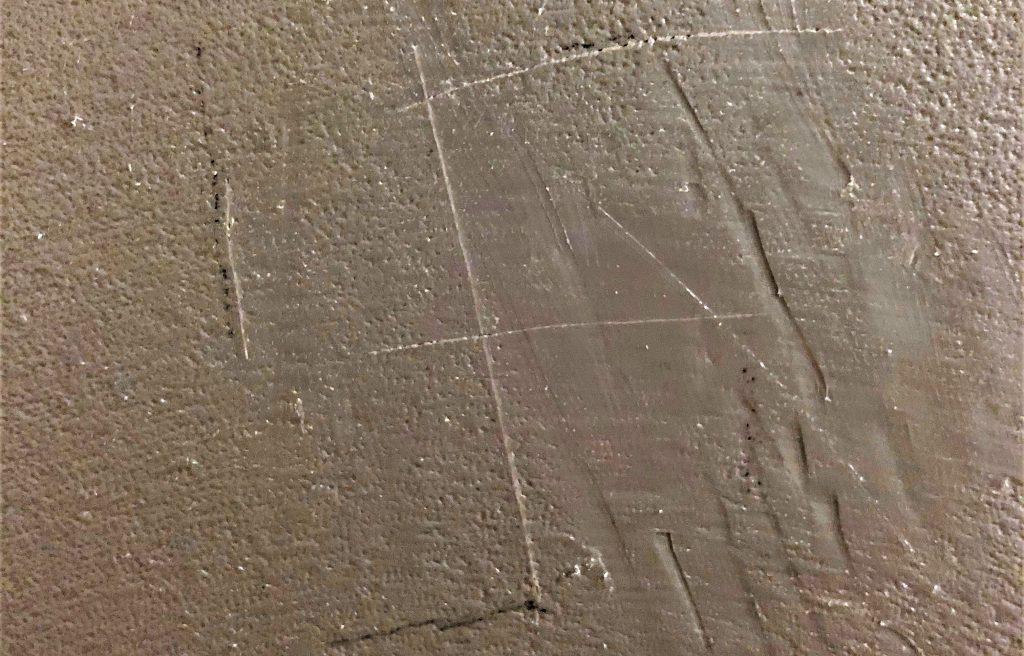
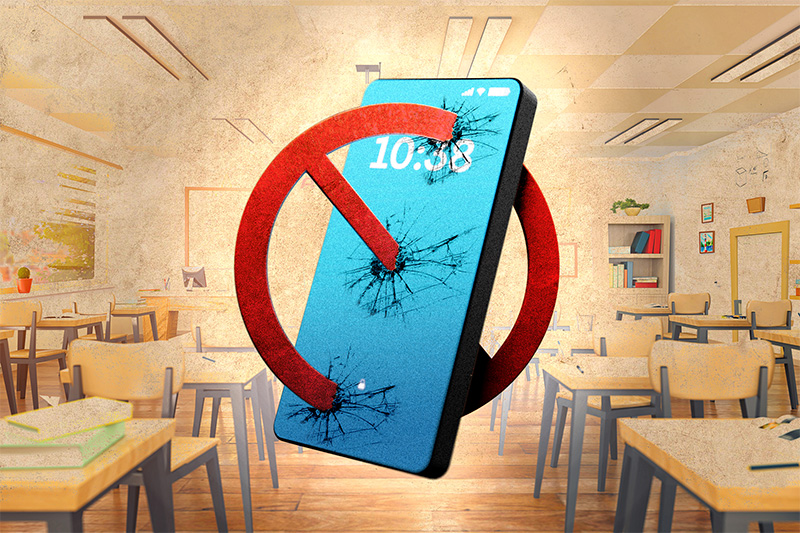
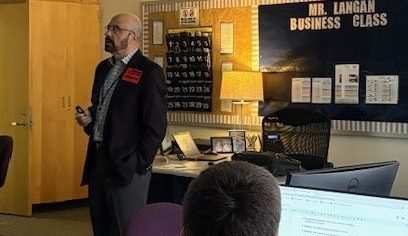
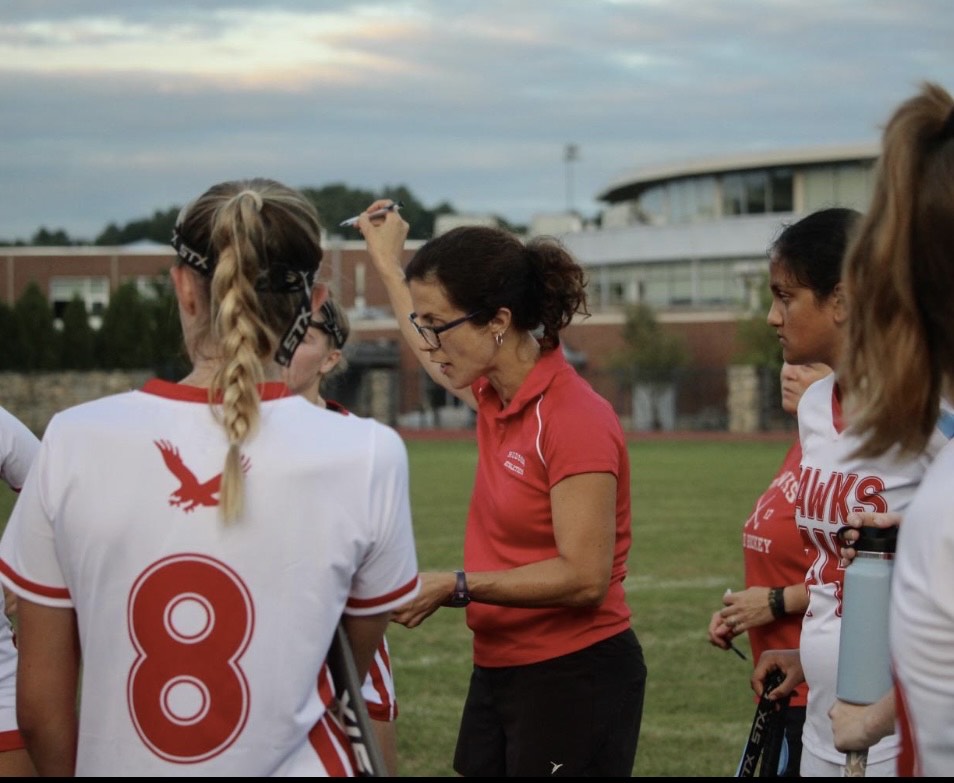
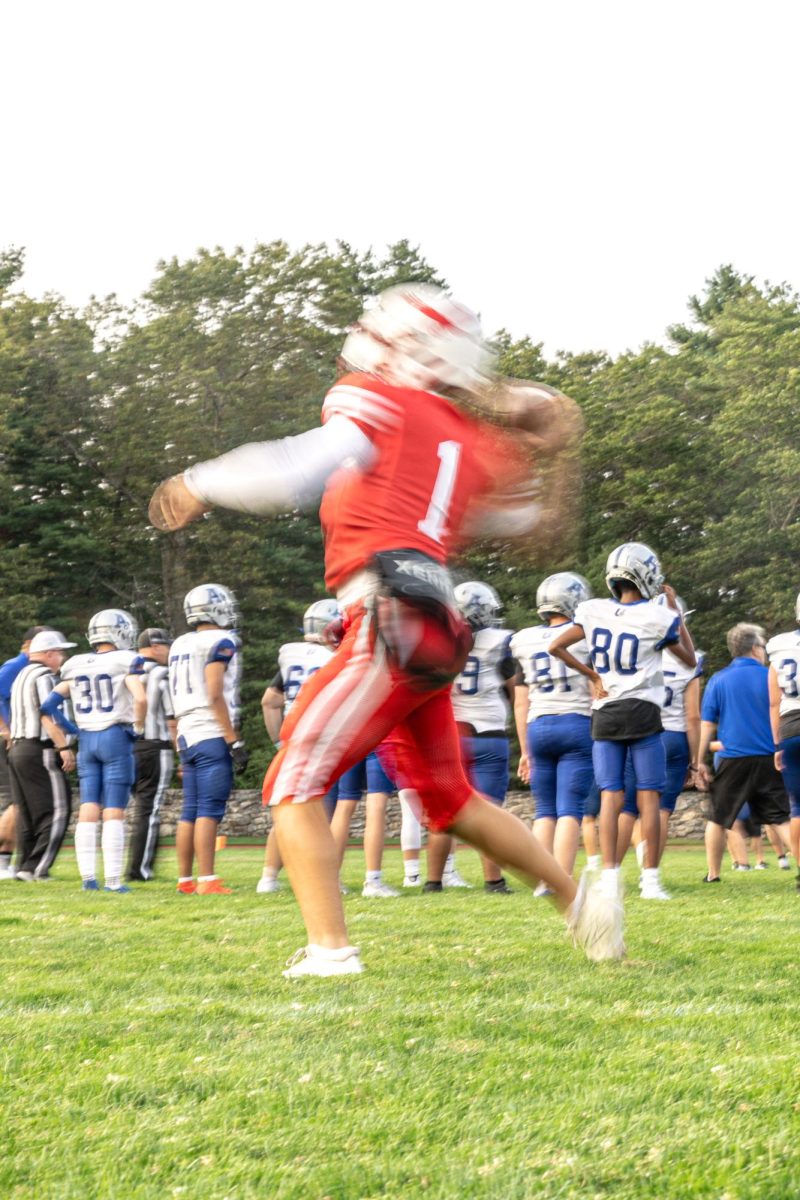
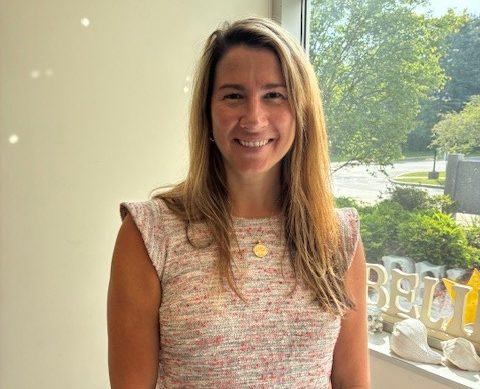

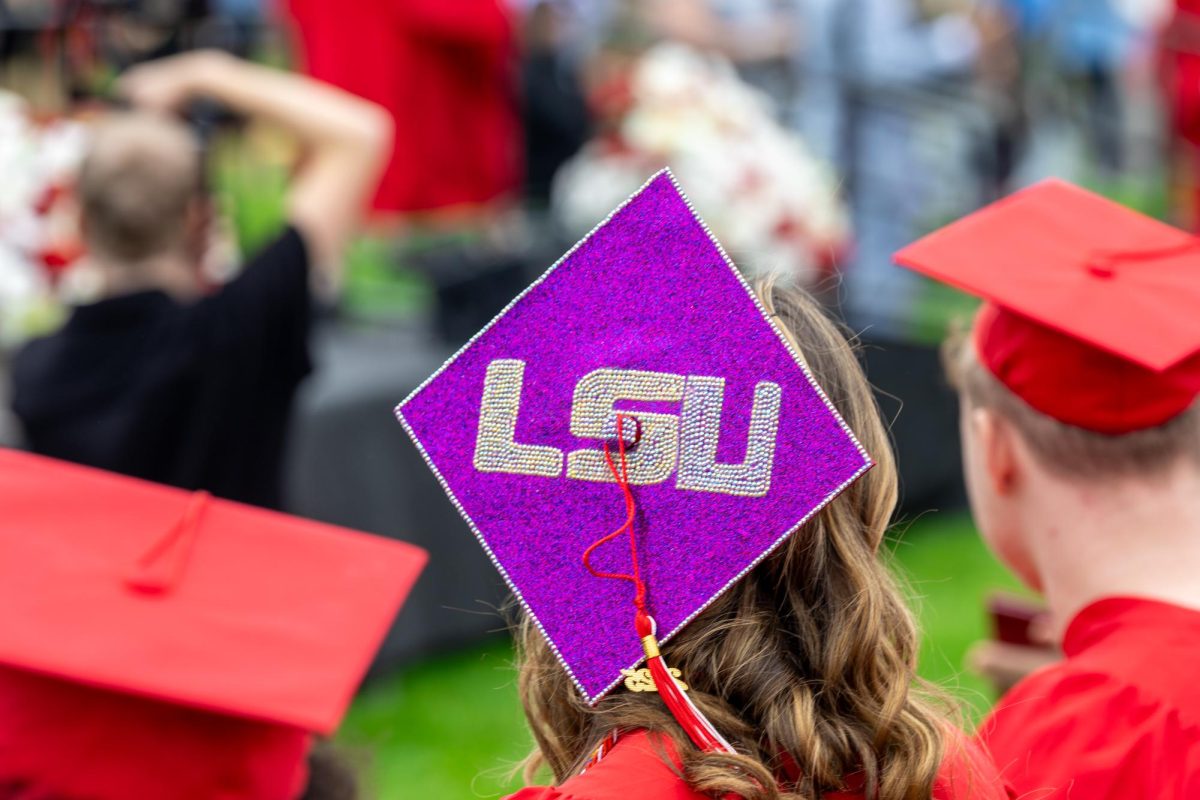
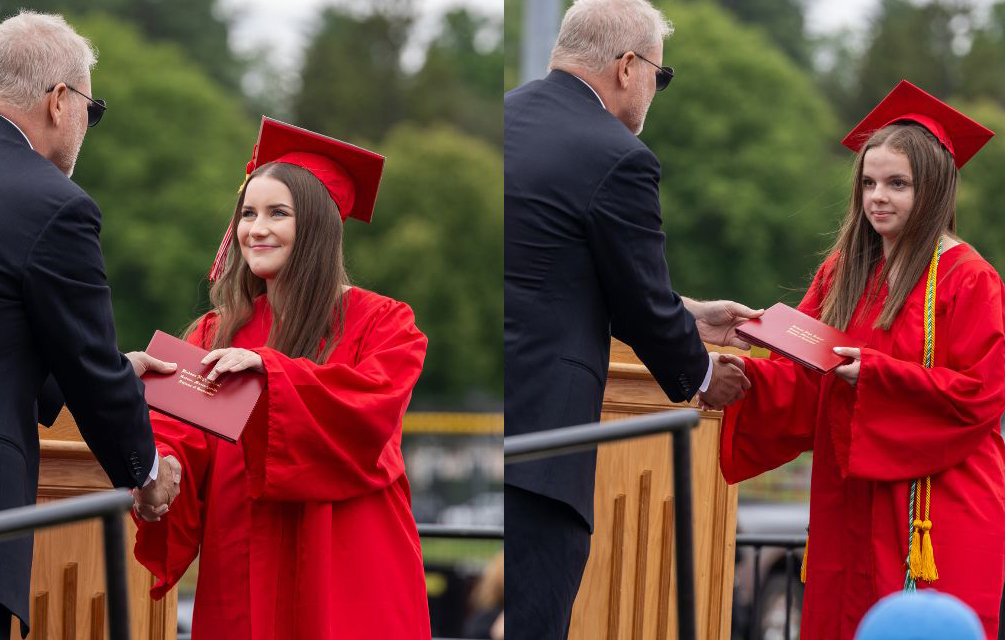
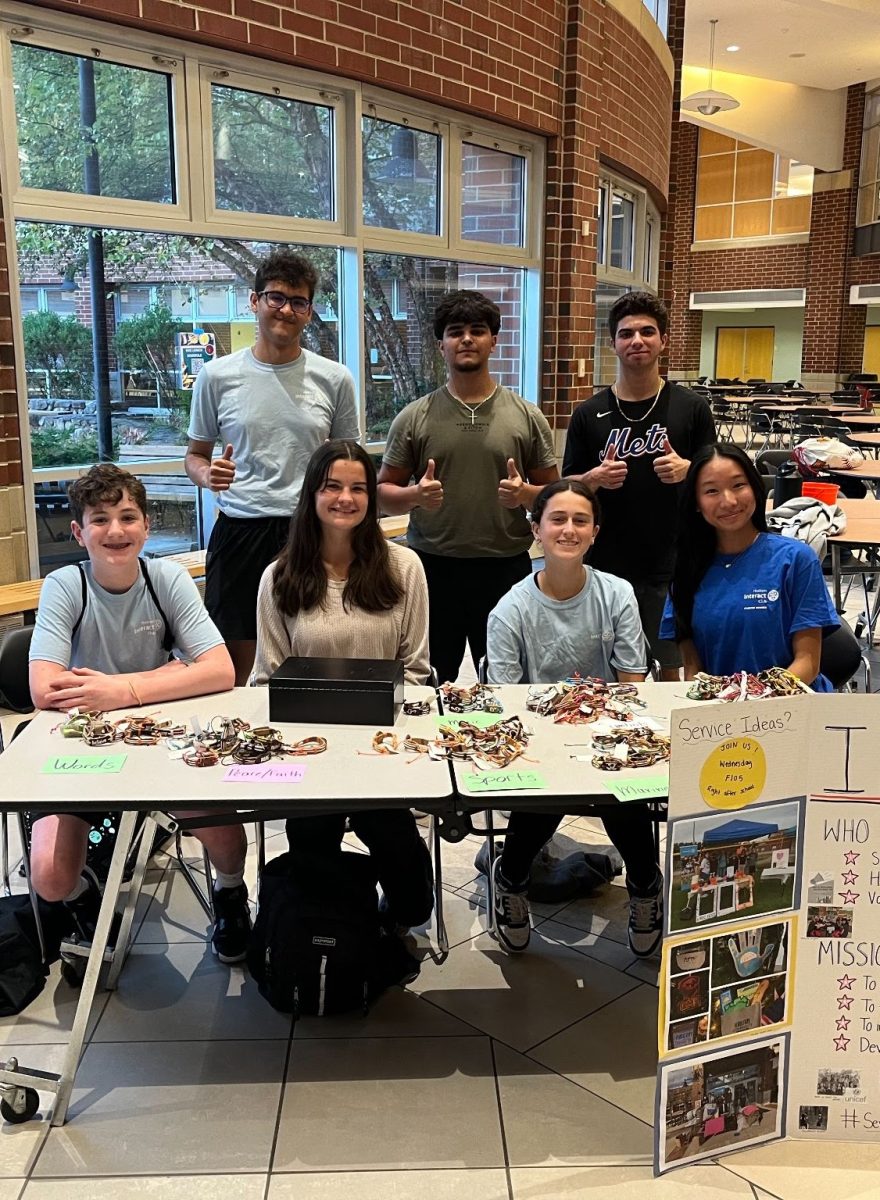
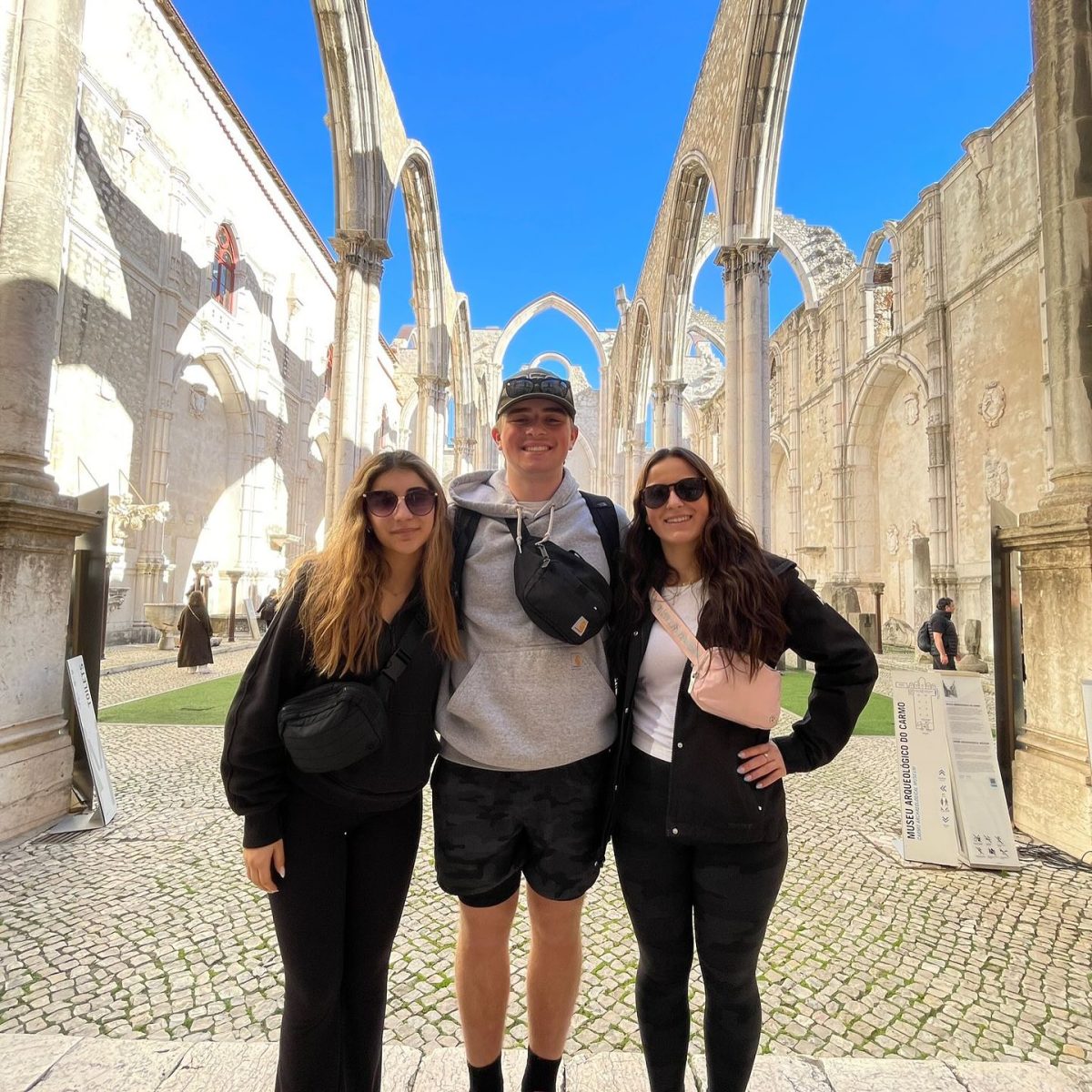
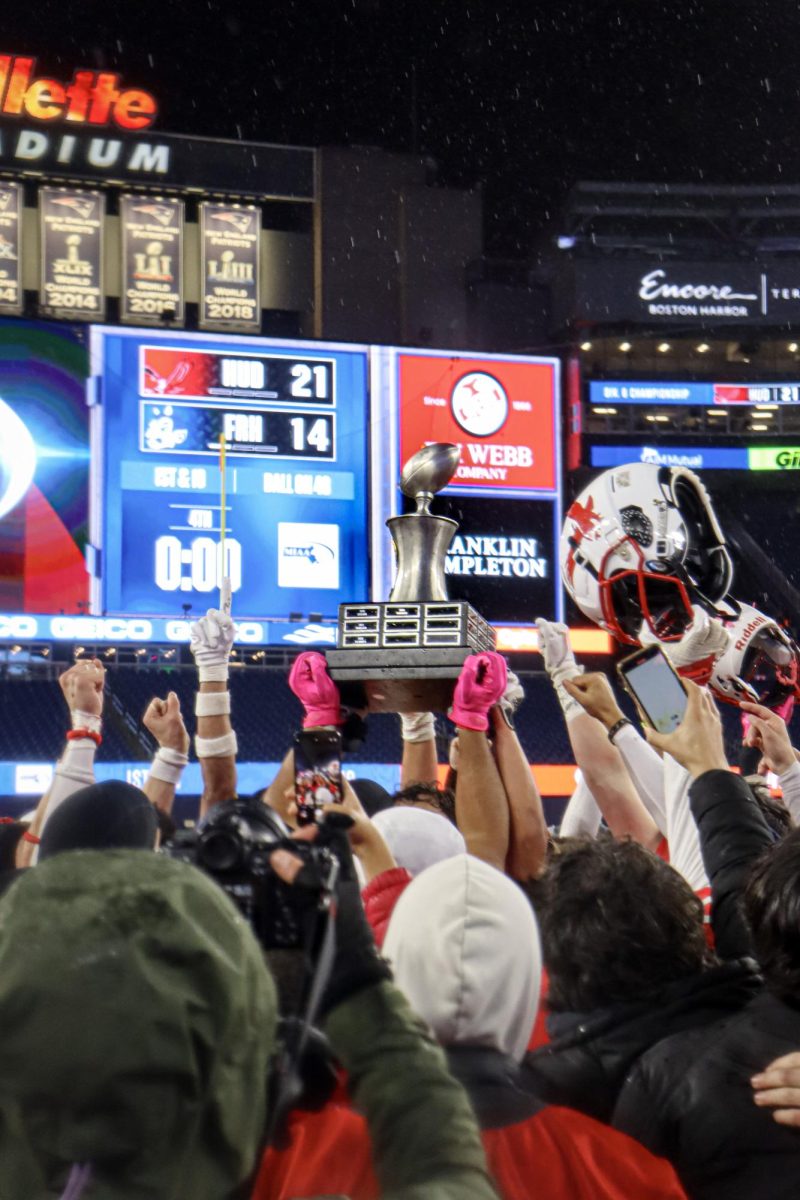
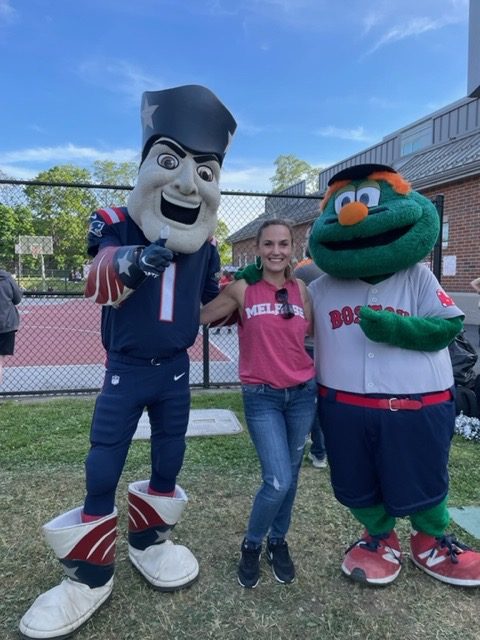
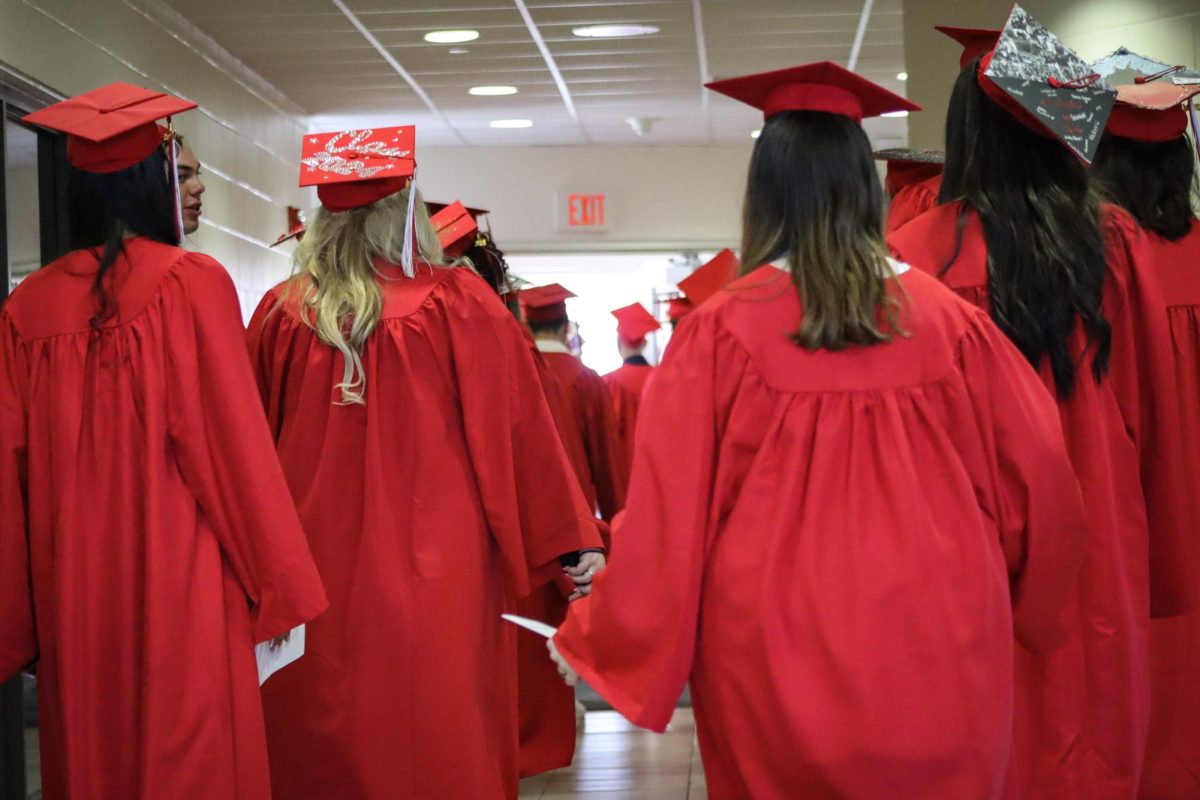
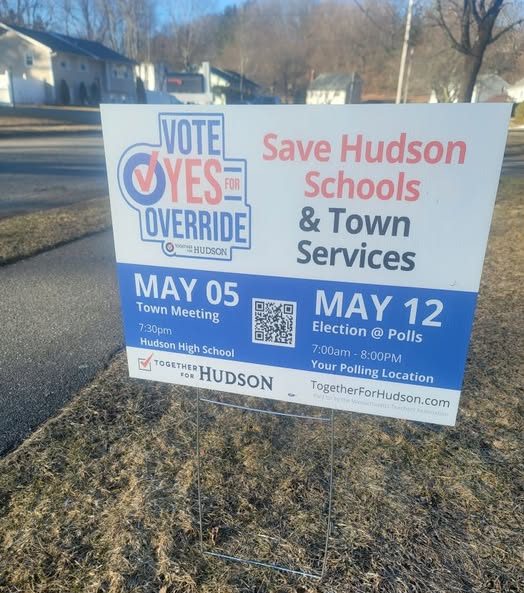
![Brazil's Neymar walks onto the pitch during his debut for Santos FC in a Sao Paulo league football match against Botafogo, in Santos, Brazil, Wednesday, February 5, 2025 [Andre Penner/AP]](https://bigredhawks.com/wp-content/uploads/2025/04/Neymar-is-Back-e1743558992671.jpg)
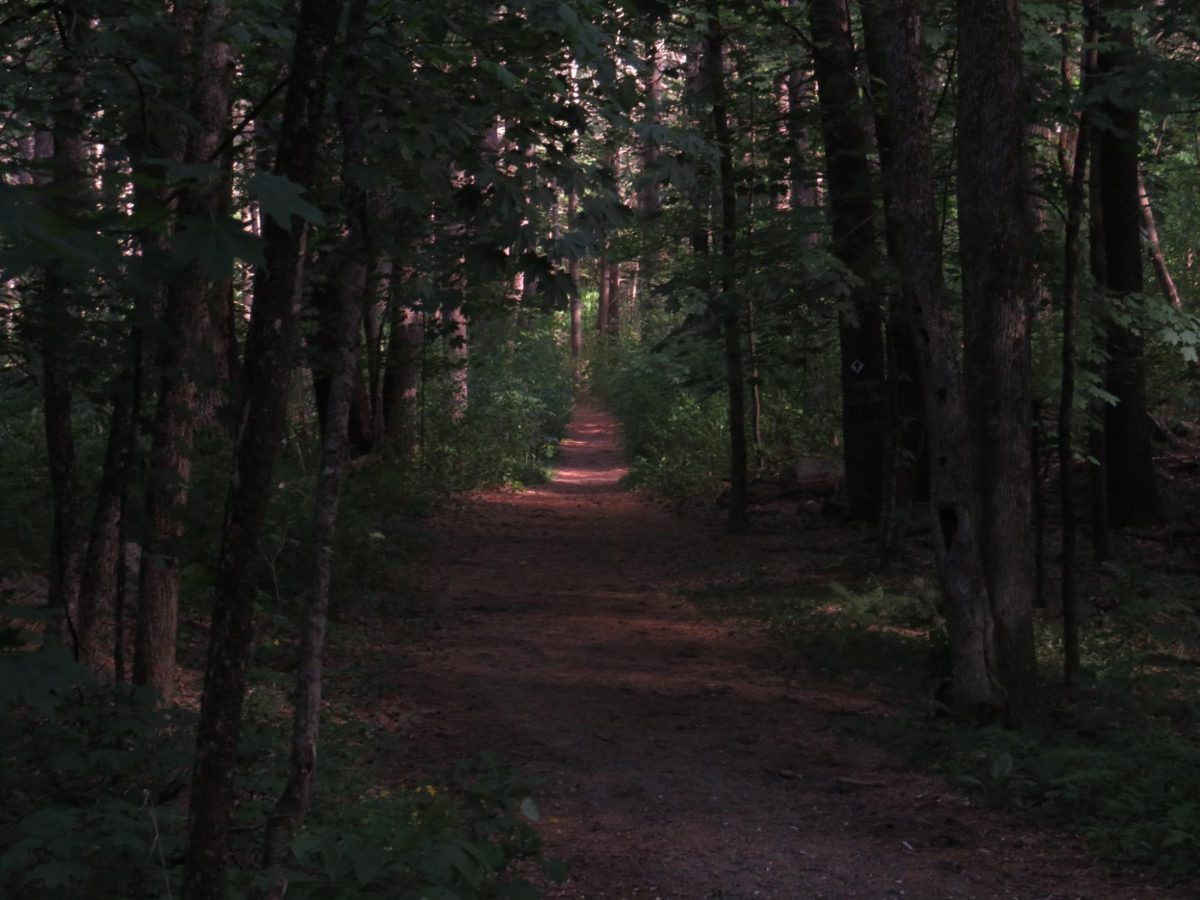
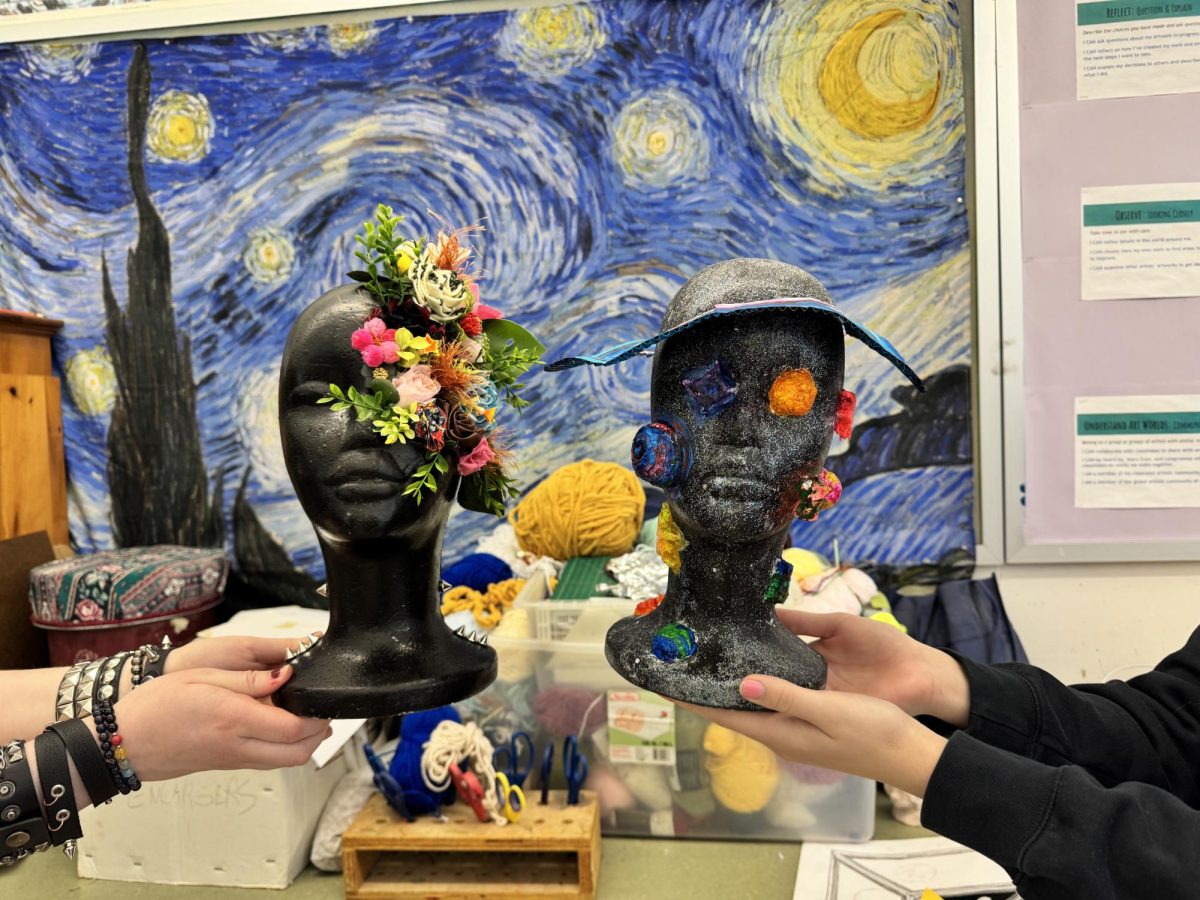
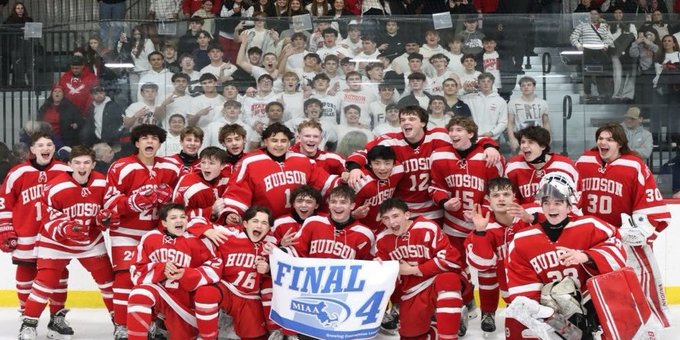
Pamela Porter • Jun 7, 2018 at 2:23 pm
Glad you covered this. It’s important for our school culture to discuss hate speech and tolerance. Awesome that our principal was being so open about his concerns. Would be interesting to talk to students about being bystanders at HHS/ nonreporting. I will miss your articles Dakota!! However, I know you will go on to investigate and fight injustices.